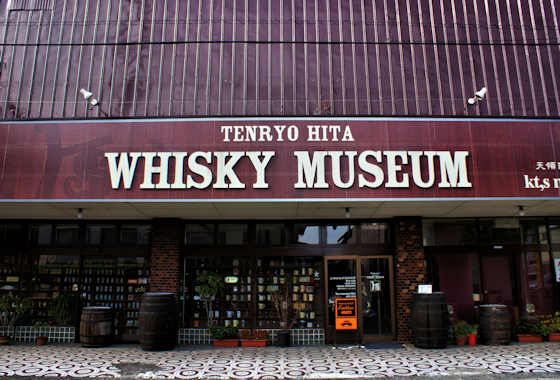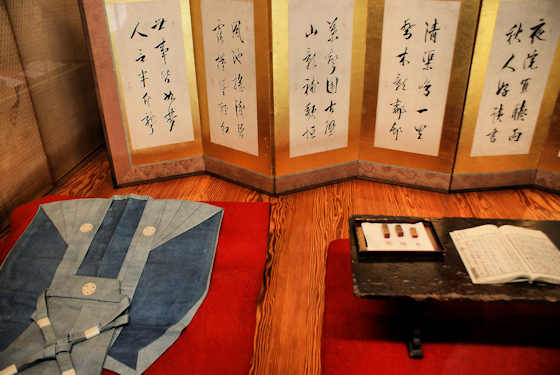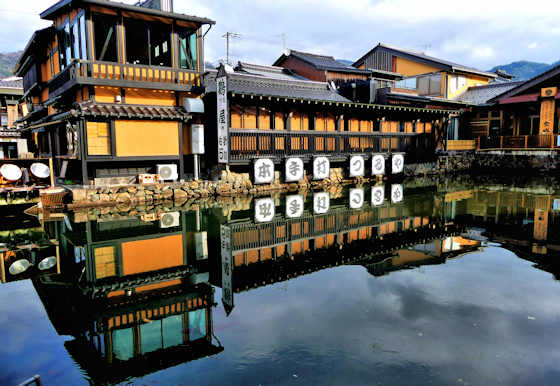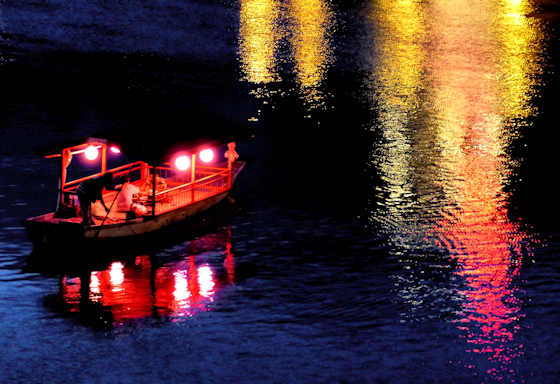Museums of Hita 日田市
 |
| Whisky Museum |
I visited Hita, a small, historic town near the border of Fukuoka in Oita, several times, the first being on day 53 of my walk around Kyushu on pilgrimage. I quite enjoyed the town and there was plenty to see in and around the Historic Preservation District, including a range of museums. The Whisky Museum was closed when I was there but it has a collection of 30,000 whiskeys and paraphernalia that have been collected by the owner since he was 13. If alcohol is your thug then there is a sake museum in the local brewery.
 |
| Museum in Hita |
In the Mamedamachi historic district, there are half a dozen small museums in the old houses and storehouses, including the Hirose Museum, and the Tenryo Hita Museum.
Exhibits include artifacts from wealthy merchants, the samurai bureaucrats who ran the town, and folk art and such.
Not to be missed is the
Hita Gion Museum which houses the huge floats used in the towns Gion Festival, as well as other matsuri-related objects and artworks.
There is a modern museum housing exhibits connected to the famous private academy, Kangien, and its founder , Hirose Tanso. Adjacent to the museum are two remaining buildings of the academy from the Edo period,
Shufuan, and
Enshiro.
The most popular museum I suspect is the
Hina Doll Museum with its collection of more than 4,000 hina dolls, but it also has a few other historical displays not doll-related.
Shop Japan


































































